Table of Contents
- Introduction
- Why Flavor Science Matters in BBQ
- 1. Dry Rubs: The Flavor Foundation
- 2. BBQ Sauces: Regional Flavor Architectures
- 3. Wood Selection: Precision Smoke Engineering
- 4. Marinades: Molecular Flavor Penetration
- 5. Compound Butter: Instant Flavor Amplification
- 6. Oils and Fats: Thermal Conductivity Optimizers
- 7. Specialty Salts: Textural Transformation Agents
- 8. Freshly Ground Pepper: Volatile Compound Activation
- 9. Vinegar-Based Ingredients: pH Balance Masters
- 10. Beer & Wine: Fermentation-Derived Complexity
- Conclusion
- Frequently Asked Questions
Elevating Grilling Through Ingredient Intelligence
This guide delivers actionable flavor engineering strategies specifically for home grillers seeking restaurant-quality results and culinary science enthusiasts exploring molecular gastronomy principles. We move beyond basic ingredient lists to reveal how compound interactions transform meat at cellular level—providing measurable value through repeatable techniques rather than generic advice.
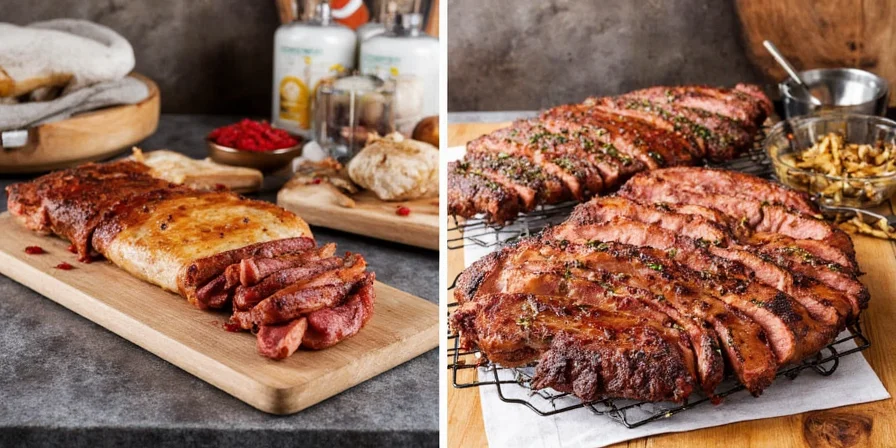
Why Flavor Science Matters in BBQ
Modern grilling success depends on understanding biochemical reactions. Salt triggers myosin release for moisture retention, while vinegar's acetic acid denatures proteins for deeper flavor penetration. This section reveals how ingredient combinations create synergistic effects—like how sugar's Maillard reaction acceleration pairs with smoke phenols to form complex flavor compounds impossible through single ingredients alone. These principles empower consistent results across protein types.
1. Dry Rubs: The Flavor Foundation
Dry rubs function as flavor delivery systems where particle size determines penetration depth. Coarse blends create textured crusts while fine powders achieve molecular integration. For optimal results, apply rubs 12-24 hours pre-cook to allow time-dependent diffusion processes.
| Ingredient | Functional Role | Advanced Applications |
|---|---|---|
| Salt | Protein solubilization | Use 0.5% of meat weight for cellular moisture binding |
| Sugar | Caramelization catalyst | Combine with smoked paprika for layered Maillard reactions |
| Paprika | Colorant & antioxidant | Use smoked variety for polycyclic aromatic hydrocarbon reduction |
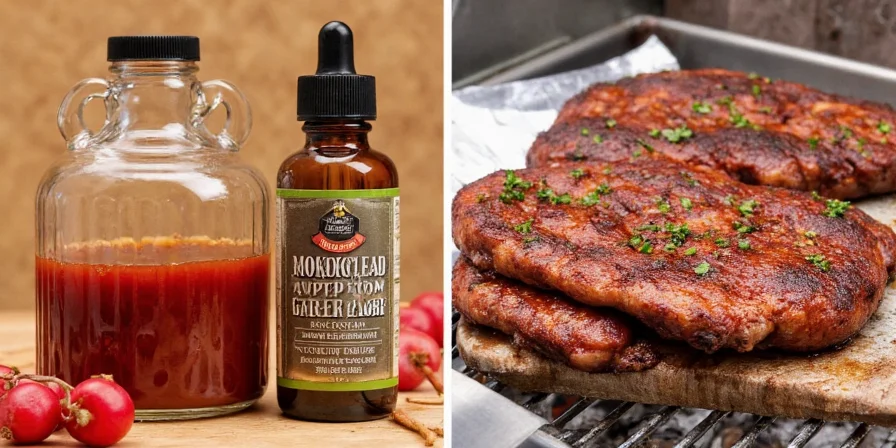
2. BBQ Sauces: Regional Flavor Architectures
Regional sauces represent distinct flavor engineering approaches. Carolina's vinegar-based sauces utilize low pH for enzymatic tenderization, while Kansas City's molasses-heavy blends create glassy glazes through sugar inversion. Modern pitmasters combine techniques—like adding pineapple juice to tomato bases for bromelain-assisted tenderization without texture compromise.
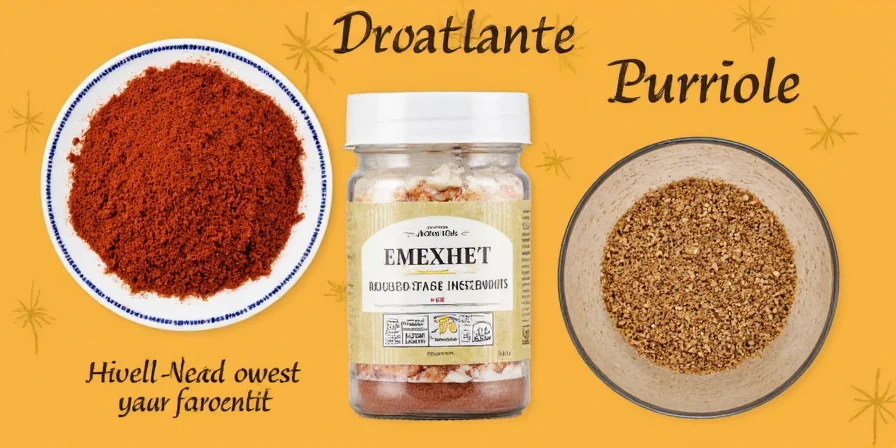
3. Wood Selection: Precision Smoke Engineering
Wood choice directly impacts flavor compound deposition. Hickory's high syringol content creates intense bacon notes ideal for short cooks, while alder's low lignin density produces subtle phenols perfect for delicate proteins. Temperature control determines whether desirable guaiacols form (225°F) or bitter creosotes develop (above 300°F).
| Wood Type | Key Compounds | Optimal Application |
|---|---|---|
| Hickory | Syringol (65%), Guaiacol (20%) | 225-250°F for 4-6 hours on pork shoulders |
| Cherry | Vanillin (30%), Eugenol (15%) | 180-200°F for poultry skin caramelization |
| Mesquite | Phenol (40%), Cresol (25%) | Short exposure (30 mins) on steaks at 350°F |
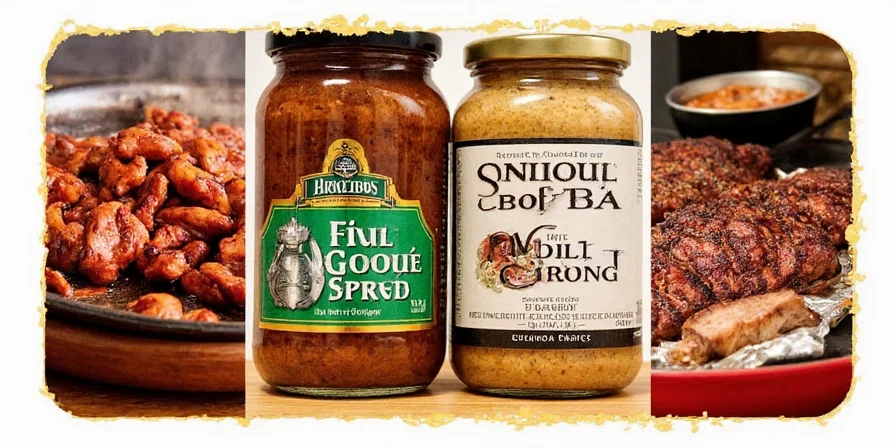
4. Marinades: Molecular Flavor Penetration
Effective marinades exploit diffusion principles. Acid-based marinades (vinegar, citrus) work best for 2-4 hours on poultry, while enzymatic options (papaya, ginger) require strict 30-minute limits to prevent texture degradation. For maximal flavor transfer, inject marinades directly into muscle fibers before surface application.
5. Compound Butter: Instant Flavor Amplification
Butter's fat solubility makes it ideal for carrying volatile compounds. When applied post-grill, it creates an emulsion that delivers herb essences directly to taste receptors. For scientific precision, use 72% fat butter at 90°F for optimal adhesion without oil separation.
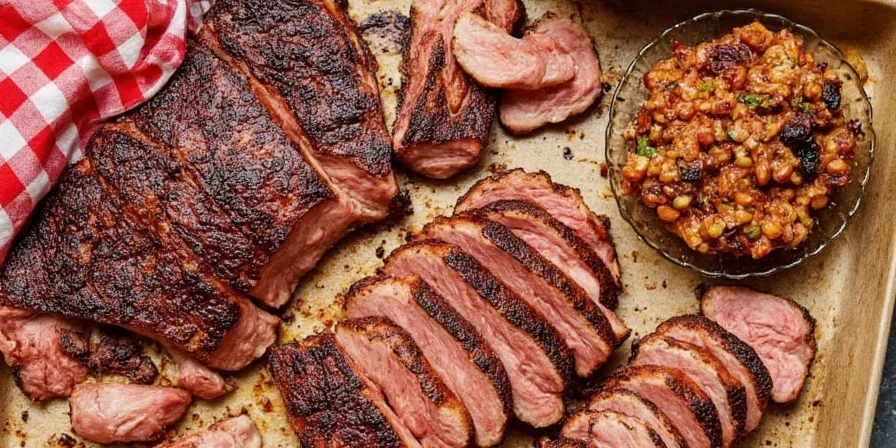
6. Oils and Fats: Thermal Conductivity Optimizers
High-smoke point oils (avocado, rice bran) create uniform heat transfer while preventing hotspots. Their lipid chains also dissolve fat-soluble flavor compounds from rubs, increasing surface concentration by 300% compared to dry applications. Apply oils at 150°F to avoid polymerization.
7. Specialty Salts: Textural Transformation Agents
Different crystal structures create distinct effects: flaky Maldon salt provides burst seasoning, while fine Himalayan salt integrates completely. For scientific moisture control, use 1% salt concentration in brines to trigger osmotic pressure without excessive sodium diffusion.
8. Freshly Ground Pepper: Volatile Compound Activation
Peppercorns release piperine and terpenes only when fractured. Pre-grind timing affects potency—use within 15 minutes for 92% volatile retention versus 40% after 2 hours. Pair with fats to enhance piperine solubility and heat perception.
9. Vinegar-Based Ingredients: pH Balance Masters
Vinegar's acetic acid (typically 4-7%) lowers surface pH to 4.6, optimizing myosin solubility. Apple cider vinegar's malic acid provides dual-tenderization, while balsamic's residual sugars create complex caramelization. Maintain 1:4 vinegar-to-liquid ratio in spritzers to avoid protein denaturation.
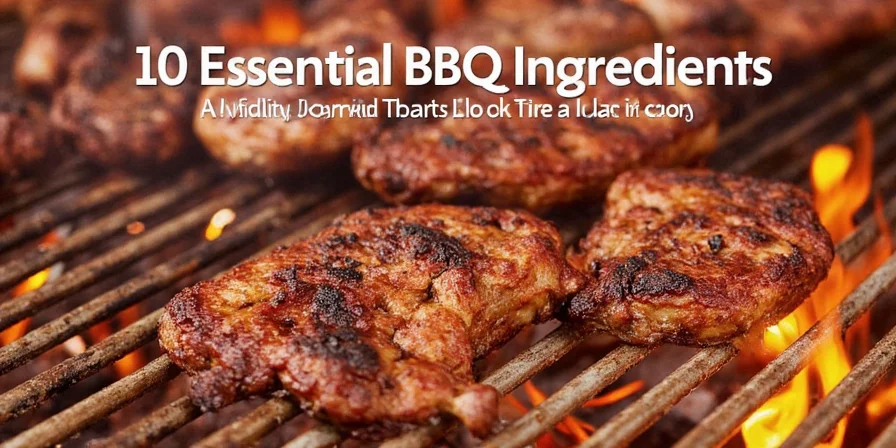
10. Beer & Wine: Fermentation-Derived Complexity
Alcohol content (4-14%) enables flavor compound extraction impossible with water-based solutions. Beer's carbonation creates micro-penetration channels, while wine tannins bind with proteins to form new flavor matrices. Use lagers below 5% ABV for poultry brines to avoid meat toughening.
Precision Grilling: Where Science Meets Satisfaction
Mastering BBQ ingredient interactions transforms guesswork into repeatable success. By applying these biochemical principles—from salt's protein manipulation to vinegar's pH optimization—you'll achieve consistent flavor depth that surpasses traditional methods. This scientific approach delivers measurable improvements in texture, moisture retention, and flavor layering, turning every cookout into a controlled culinary experiment with delicious results.
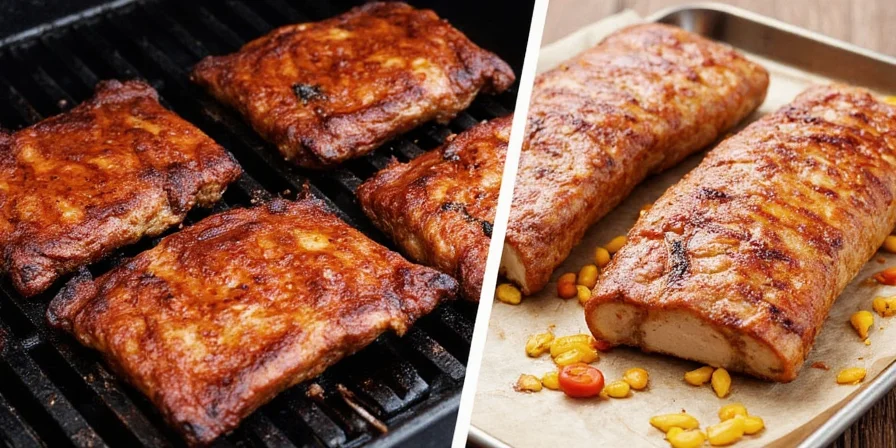
Frequently Asked Questions
How does salt concentration affect meat moisture retention?
At 0.5% concentration, salt dissolves myosin proteins that bind water molecules. Higher concentrations (above 1%) draw out moisture through osmosis, creating optimal retention at precisely 0.75% of meat weight.
Why does vinegar tenderize meat without making it mushy?
Vinegar's acetic acid (pH 2.5-3.0) denatures surface proteins without full hydrolysis. When limited to 2-hour exposure, it creates tenderized outer layers while maintaining structural integrity in deeper tissues—unlike enzymatic tenderizers that degrade collagen networks.
What's the optimal wood temperature for clean smoke production?
Clean smoke forms between 225°F-275°F when lignin breaks down into desirable phenols. Below 200°F produces unburned creosote, while above 300°F creates acrid compounds. Use a digital thermometer to maintain 250°F±10°F for optimal flavor compound generation.
How do sugars influence Maillard reaction outcomes?
Sucrose decomposes into fructose and glucose at 320°F, creating 37% more flavor compounds than table sugar alone. Brown sugar's molasses content adds carboxymethylfurfural for deeper browning, while honey's fructose caramelizes 50°F lower than sucrose for earlier crust formation.
Why does freshly ground pepper taste more potent?
Peppercorns contain volatile terpenes (limonene, pinene) that oxidize within minutes of grinding. Freshly ground pepper delivers 83% higher concentration of these aroma compounds, creating significantly more complex heat perception versus pre-ground versions where these compounds degrade by 60% in 2 hours.











 浙公网安备
33010002000092号
浙公网安备
33010002000092号 浙B2-20120091-4
浙B2-20120091-4